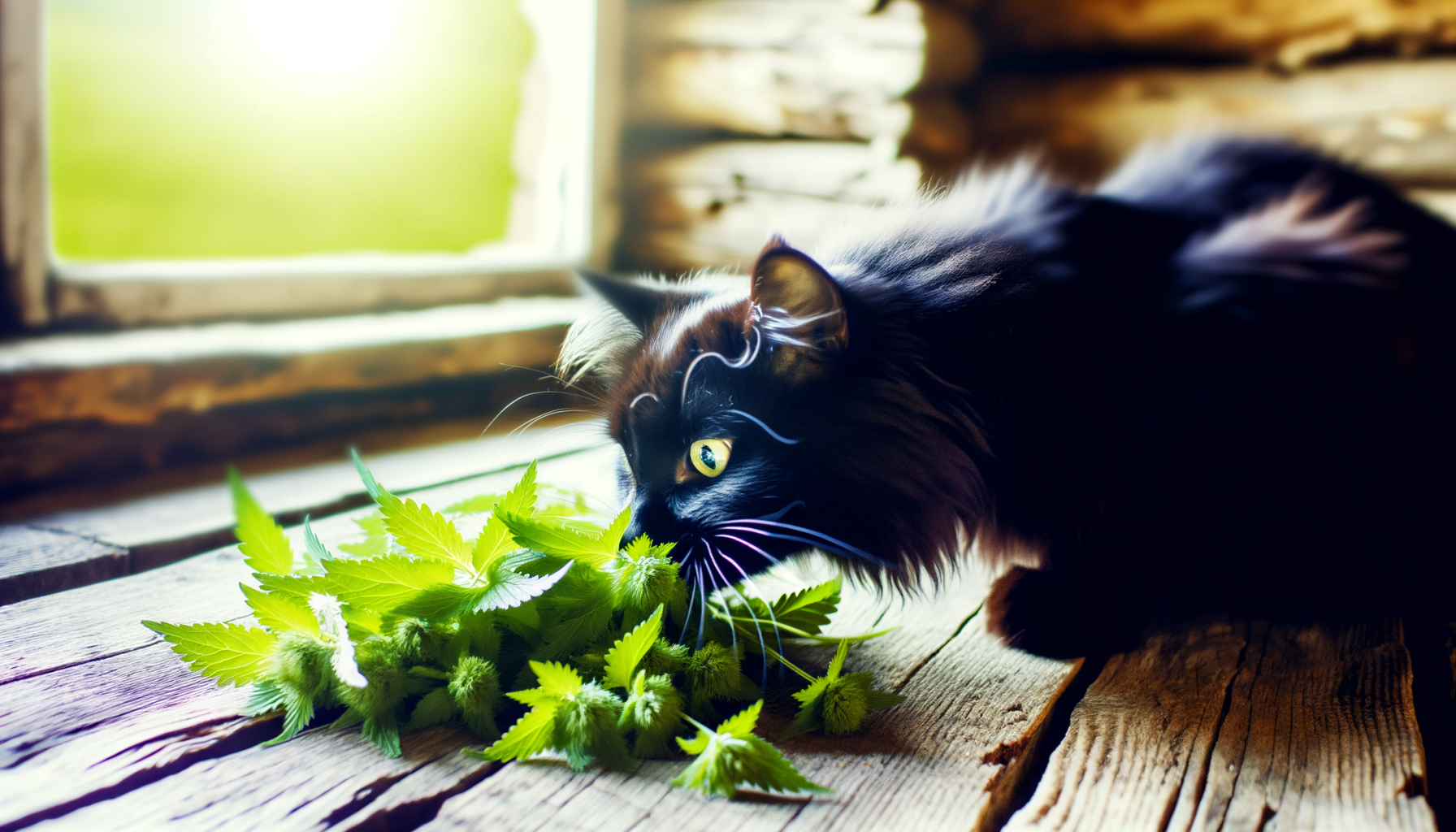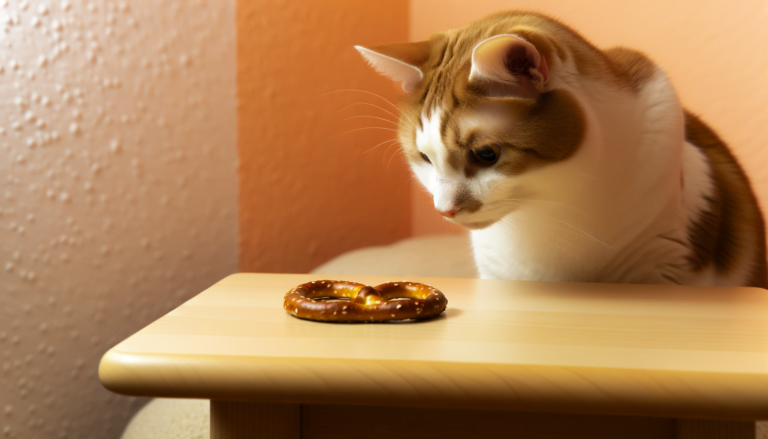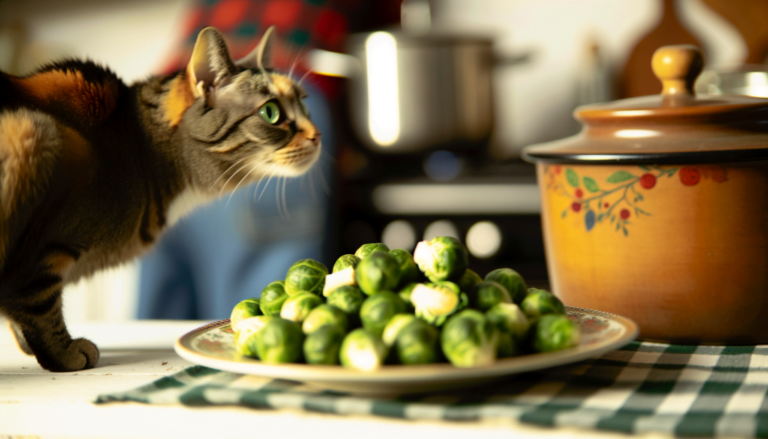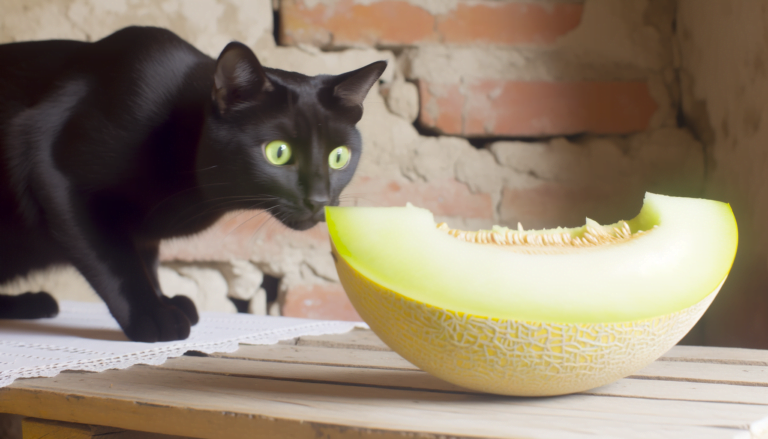Unveiling the Mystery: Can Cats Safely Consume Catnip?
Yes, cats can safely eat catnip. Consuming catnip, whether by eating or by simply sniffing, can generally cause a range of reactions in cats. Some may become more excitable or active, while others may become calm and relaxed. The effects of catnip are due to a naturally occurring chemical compound called nepetalactone. However, the reactions are not universal. Interestingly, some cats are entirely indifferent or unresponsive to catnip. It’s perfectly safe for cats to consume, but it’s always beneficial to monitor a cat’s individual response. As with any treat, it should be given in moderation.
Safe Ways to Introduce Catnip to Your Cat’s Diet
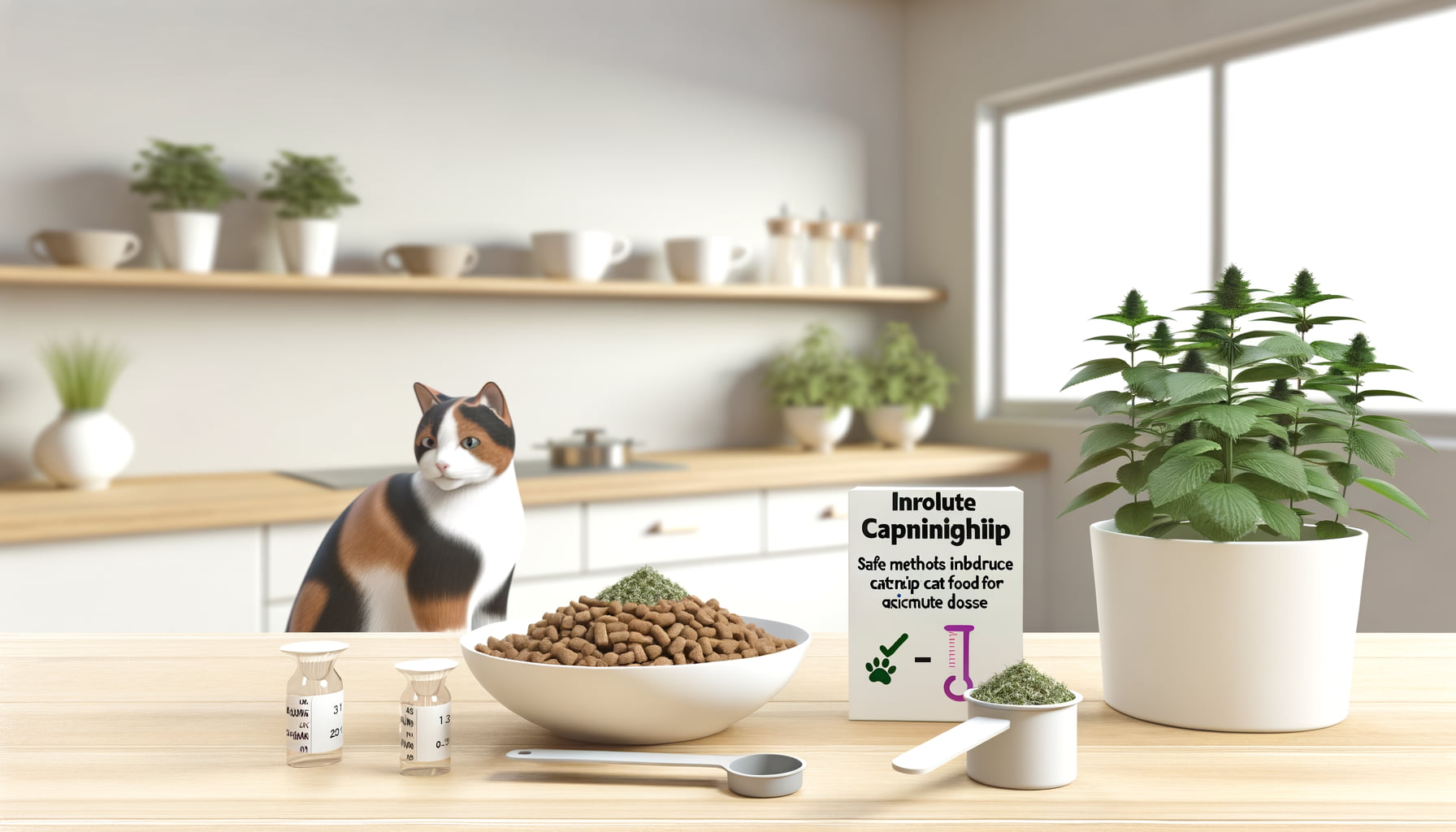
Catnip, a member of the mint family, can be a tantalizing treat for our feline friends but should be introduced safely and in moderation. Various cats have different reactions to catnip, so it’s crucial to monitor their responses.
One method to introduce catnip into your cat’s diet is by sprinkling a small amount into their food or water. Always ensure that the water is fresh and clean after adding the catnip. Observe your cat’s behavior. If there are adverse reactions, discontinue its use immediately.
Another safe way is to use catnip-infused toys or scratch posts. This helps ensure the catnip isn’t being ingested in large quantities but is instead a small, controlled part of their playtime. It’s vital to remember moderation is key in maintaining a healthy balance in your cat’s life.
The Effects of Catnip on Cats
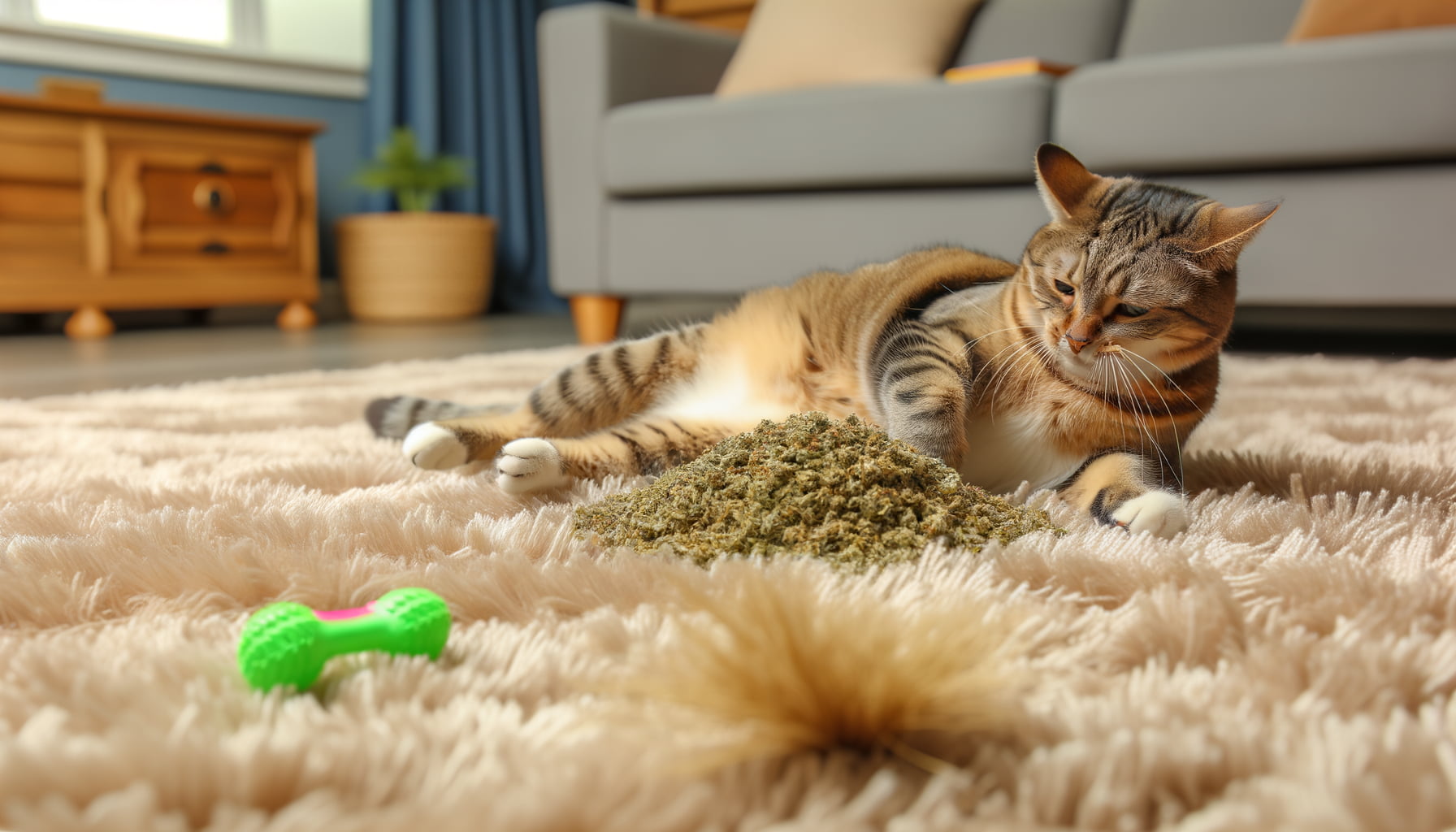
Catnip, a perennial herb with recreational effects for felines, is often beloved by our domestic companions. Despite its apparent harmlessness, catnip’s effects can be astonishing and, in some cases, shocking. Whilst not all cats respond similarly, most experience a level of mild euphoria, which manifests as hyperactive behavior. This involves rolling, flipping, zoned out periods, and excessive purring.
On ingestion, cats may signal enjoyment through drooling, while others may display more extreme reactions such as jumping or aggressive play. These effects are attributed to Nepetalactone, an essential compound present in the plant that triggers an almost euphoric state in cats. A strong ‘high’ can last up to 15 minutes, followed by refractory period which typically lasts a couple of hours.
It’s essential to note that Catnip is non-addictive and generally safe for cats. There’s no evidence of an overdose risk tied to its consumption. Nevertheless, excessive indulgence may lead to mild gastrointestinal issues. As always, moderation is key while offering this intriguing herb to your pet.
Health Implications of Cats Eating Catnip
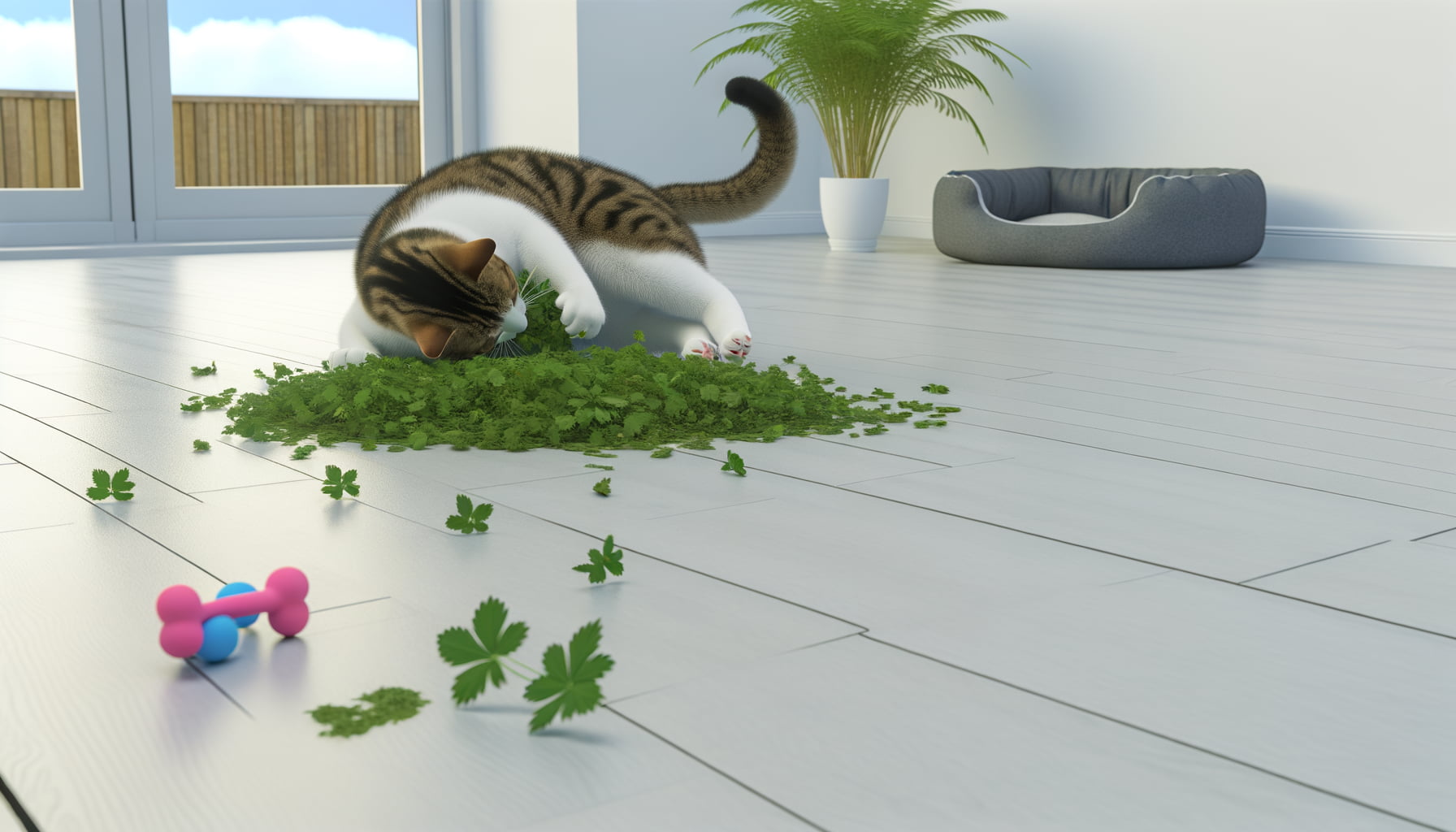
Catnip, a member of the mint family, is famously known for its stimulating effect on cats. However, the health implications of cats consuming catnip frequently raise questions among pet owners. The notable aspects to consider are the physical reactions, potential allergic responses, and the digestive impact.
Physically, catnip consumption, even in copious amounts, typically does not harm cats. It can cause euphoria, demonstrated by behaviours like rolling, purring or frolicking, which are generally harmless. Nevertheless, every cat reacts differently, with approximately one-third showing indifference. It’s prudent to observe your cat’s behaviour after initial exposure to assess any potential allergenic responses – as in rare cases, cats may have allergies to catnip.
From a digestive perspective, ingesting catnip can lead to an upset stomach resulting in vomiting or diarrhoea, especially if consumed in large quantities. Long-term effects, however, have not been thoroughly studied. Moderation is vital here, as continuous heavy exposure could lead to mild gastrointestinal issues. Advice from a veterinarian is recommended when introducing new substances into your pet’s diet.
Understanding What Catnip is
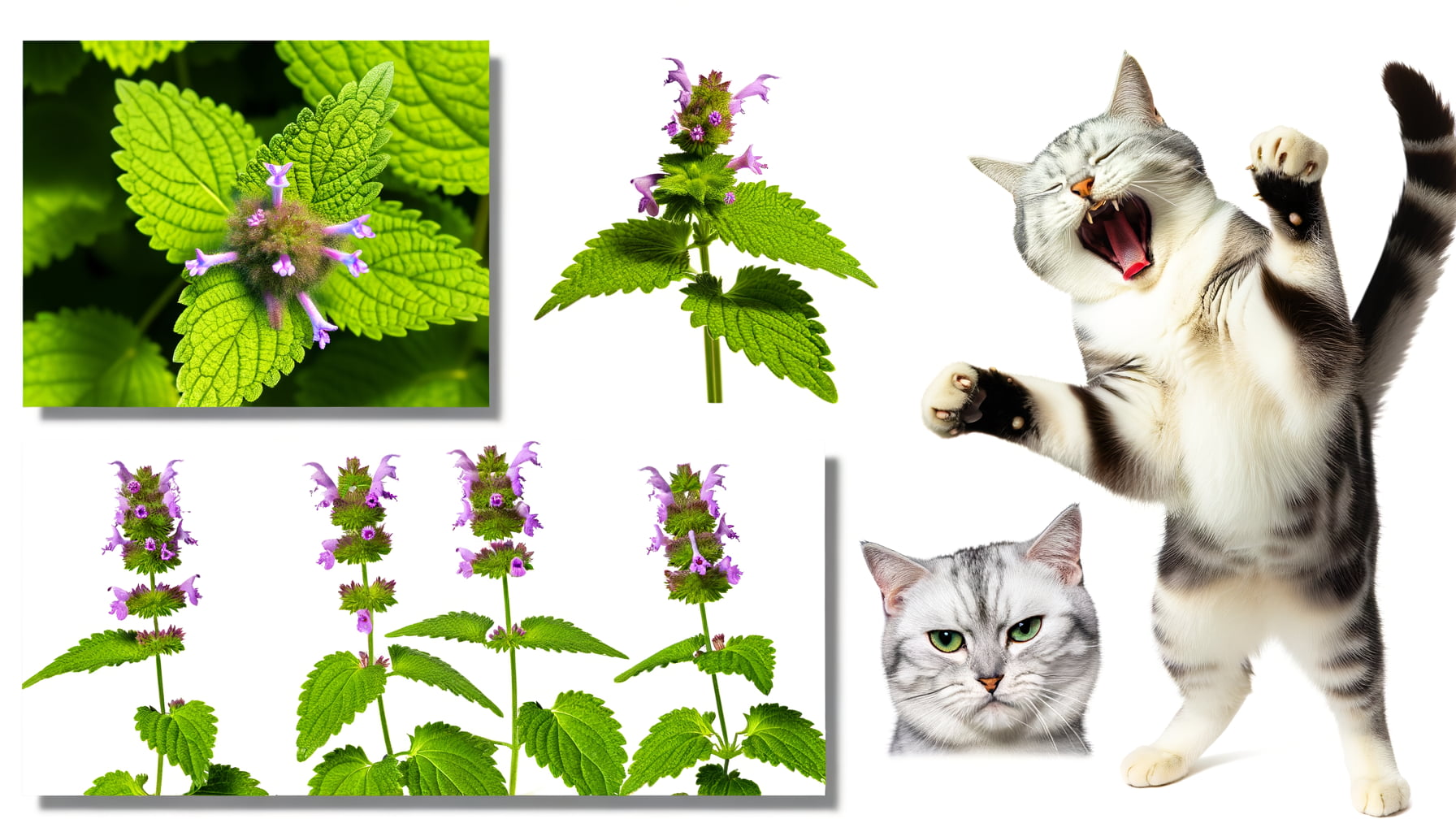
Catnip, scientifically known as Nepeta cataria, is a member of the mint family. This herb, native to Europe, Asia, and Africa, has a long history of use in traditional medicine by humans. However, it’s best known for the strong, unusual reactions it incites in many felines. The main chemical constituent that triggers these reactions in cats is an essential oil called nepetalactone.
Appearing as a perennial plant with heart-shaped leaves and tubular white or lilac flowers, catnip can be easily grown in a home garden. It’s dried leaves and shoots are commonly used in pet products to stimulate cats. While it can be consumed directly, most cats get a stronger reaction from smelling it. It’s the volatile oils in catnip that typically stimulate the sensory neurons in a cat’s nose, leading to a variety of dramatic responses.
Though widely popular as a form of entertainment for cats, catnip has also been found to be a safe herb that can be included in a cat’s diet in moderation. However, it is always advisable to introduce any new element into an animal’s diet carefully and gradually, monitoring for any adverse reactions or changes in behavior.
Conclusion
After exploring the question of whether cats can safely consume catnip, it is clear that this herb can provide feline friends with a safe and enjoyable experience. With moderate use, catnip can serve as a fun and enriching addition to your cat’s environment.
By understanding the effects and limits of catnip consumption, cat owners can provide their pets with a stimulating experience while ensuring their safety and well-being. So go ahead, offer your curious kitty a taste of catnip and watch as they delight in this mysterious herb!
